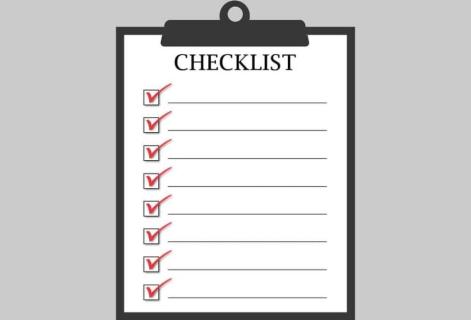Standard Operating Procedures: Briefing New Crew
By Chuck Hawley, San Francisco Station
Suppose you’re heading off on a two-day race and some of your crew haven’t sailed with you before. They come highly recommended, but they don’t know your boat or your standard operating procedures. What should you discuss with them as you head for the starting line?
When updating the Sailing Equipment Requirements for 2018, the subcommittee identified six emergencies that justified inclusion, to which I’ve added a few comments:
Crew Overboard:
- Discuss
- Importance of the spotter.
- Role of the Swimmer of the Watch (if used).
- Likely maneuvers based on initial point of sail.
- Procedure for reboarding PIW.
- Deployment of rescue or flotation gear.
- Priorities
- Navigator broadcasts a Mayday (if justified) and track COB alarm/beacon.
- Strike sails; reef if necessary to sail upwind.
- Start engine.
Grounding:
- Discuss:
- Whether the transducer reads water depth, depth below transducer, or depth below keel (this is for pre-grounding rather than post-grounding).
- Location of kedge anchor; who should deploy it.
- Damage control team; means of removing sole for inspection
- Identify location of manual and electric dewatering pumps.
- Priorities
- Navigator prepares to transmit a Mayday if necessary.
- Don life jackets.
Loss of Steering:
- Discuss:
- Alternate means of steering based on previous experience/testing.
- Where the emergency rudder is stowed, and briefly how it is deployed.
- Identify the damage control team.
- Priorities:
- Don life jackets.
- Assess whether the problem is the steering system or the loss of the rudder.
- If close to a lee shore, prepare an anchor and rode.
- Navigator notifies the Coast Guard and vessels in the vicinity.
Flooding:
- Discuss:
- Location of stowage/through hull chart.
- Identify location of manual and electric dewatering pumps.
- Identify watertight compartments, hatches, doors.
- Identify the damage control team.
- Priorities:
- Navigator notifies the Coast Guard and vessels in the vicinity.
- Don life jackets.
- Begin dewatering. Start engine.
- Verify soundness of through hulls, plumbing
Fire:
- Discuss:
- Location of fire extinguishers, fire blankets, fuel shut-offs, propane solenoid switch, main battery switches, generator shut-down.
- Means of egress from down below.
- Identify the damage control team.
- Priorities:
- Navigator notifies the Coast Guard and vessels in the vicinity.
- Get the crew on deck.
- Don life jackets.
- If the source of ignition is known, cut power to reduce heat.
- Fight fire quickly with extinguishers and a fire blanket.
The Cruising Club of America is a collection of passionate, seriously accomplished, ocean sailors making adventurous use of the seas. All members have extensive offshore boat handling, seamanship, and command experience honed over many years. “School of Hard Rocks” stories, published by the CCA Safety and Seamanship Committee, are intended to advance seamanship and help skippers promote a Culture of Safety aboard their vessels






